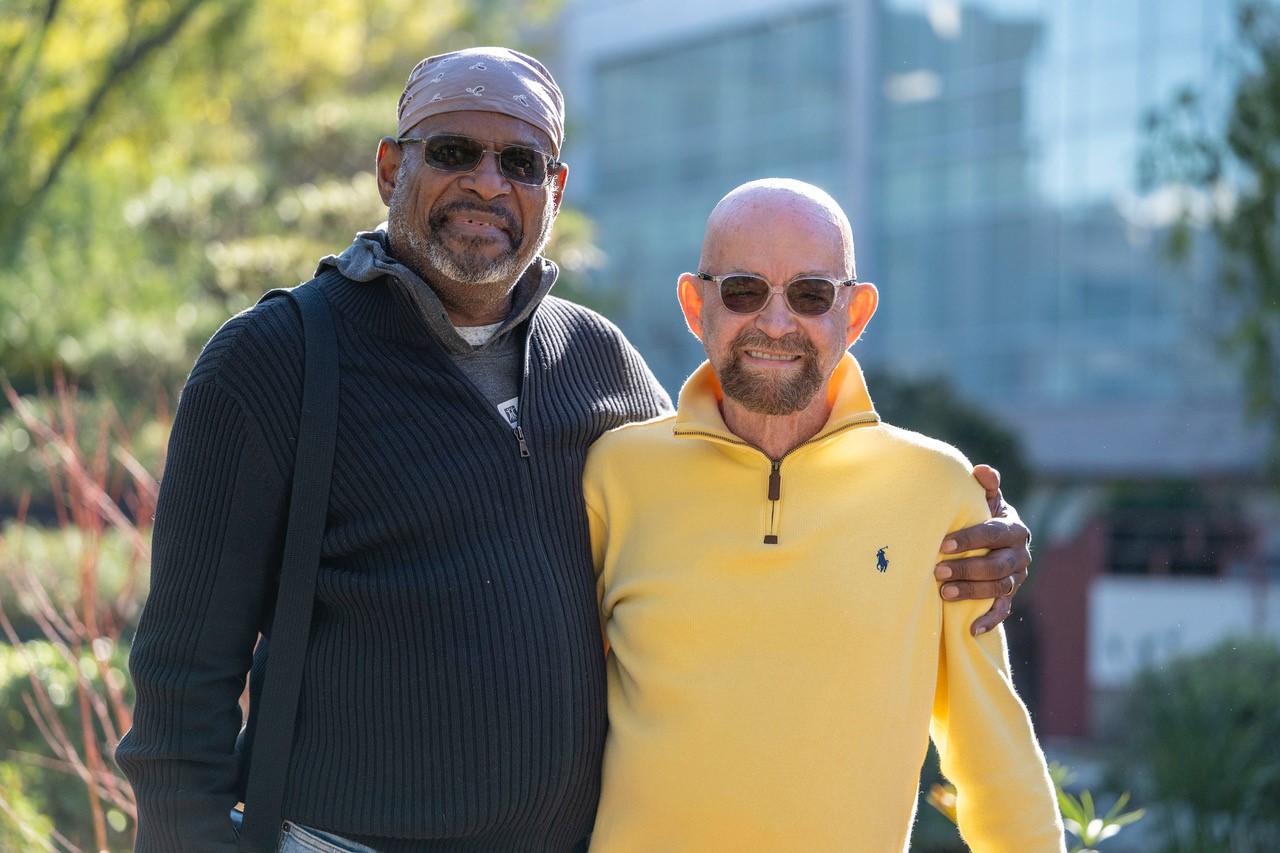Breaking Boundaries: From HIV Diagnosis to Hopeful Advocate
In the vibrant landscape of San Francisco in the late 1970s, Paul Edmonds found himself amidst a flourishing community of gay men, drawn to what was hailed as the epitome of gay culture in the United States. It was a grand time to move there as many gay men were arriving to what many were calling the gayest city in the country. But amidst the glitter and glamour, a shadow loomed. Paul recalls the fear and stigma surrounding HIV/AIDS, sharing, “It was fabulous until the1980s when people began getting sick. It was being called the ‘Gay Cancer.’ It was stigmatizing and people were afraid of each other.” Amidst this era of fear and uncertainty, Paul found himself navigating a journey that would redefine his life forever.
In 1988, after the loss of his father to cancer, Paul took a courageous step and underwent testing, only to be met with what felt like the devastating news of an HIV and AIDS diagnosis. Thus began a decades-long battle against the virus, marked by a succession of medications, which in those early days were each accompanied by its own set of debilitating side effects. Yet, amidst the struggle, Paul found solace in his art, using painting as a form of escapism and a source of strength.
In 1992, he met his husband, Arnold House. They talked and Arnold decided to get tested, only to learn he was had HIV+. They have been taking care of each other ever since. The turning point came in the mid-90s with the emergence of protease inhibitors, heralding a new era of treatment that rendered Paul and Arnold undetectable with viral loads under 100. Together, they embraced a semblance of normalcy, channeling their creativity into artistry, producing an array of paintings, collages, and hand-painted creations that reflected their resilience in the face of adversity.
But fate had another twist in store for Paul. In 2018, during a routine HIV follow-up, unexpected complications arose, leading to a diagnosis of myelodysplastic syndrome (MDS). Undeterred, Paul sought refuge at City of Hope, renowned for its expertise in bone marrow transplants. His journey towards a bone marrow transplant was arduous, compounded by the discovery of acute myeloid leukemia (AML), necessitating intensive chemotherapy before the transplant could proceed.
Remarkably, Paul’s transplant offered more than a reprieve from AML—it held the promise of a breakthrough in HIV treatment. His donor possessed a rare genetic mutation that conferred resistance to HIV, offering Paul a chance at a life free from the virus. As he reflects, “Now, since the transplant, I am cured of AML (5 years) and my HIV is in remission (it will be considered cured after 5 years).”
Paul’s story transcends the confines of personal triumph—it stands as a beacon of hope for millions worldwide living with HIV. It underscores the relentless pursuit of a cure and the imperative to advocate for increased funding and resources dedicated to HIV research. Paul’s commitment to advocacy is unwavering, as he lends his voice to initiatives like Reversing Immune Dysfunction for HIV-1 Eradication (RID-HIV), driven by a shared belief that a cure for HIV is within reach.
As Paul looks to the future, his vision is clear: a world where HIV is no longer a sentence but a footnote in history. He notes “My biggest disappointment is that my cure is not accessible for all.” His journey from diagnosis to advocate serves as a testament to the resilience of the human spirit and the power of community in overcoming adversity. With each brushstroke of his artwork and each word of his advocacy, Paul Edmonds inspires us to break boundaries, challenge stigmas, and unite in the pursuit of a world free from HIV.
